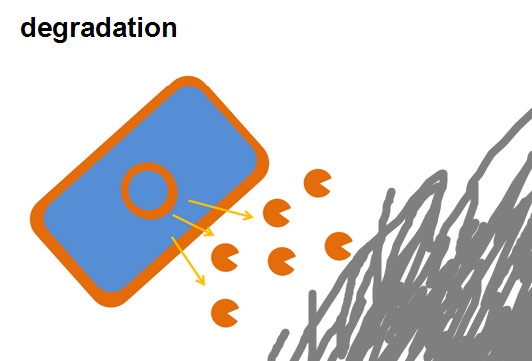Team:Imperial College/Waste Cocktail
From 2013.igem.org
| Line 6: | Line 6: | ||
<div id='maincontent'> | <div id='maincontent'> | ||
| - | <h1> | + | <h1>Overview</h1> |
<p>This module primarily addresses degradation of plastics by a biological system. We will be using enzymes capable of degrading polyurethane (PUR) and polyethylene terephthalate (PET). These will break these petrochemical plastics down into their constituent components; </p> | <p>This module primarily addresses degradation of plastics by a biological system. We will be using enzymes capable of degrading polyurethane (PUR) and polyethylene terephthalate (PET). These will break these petrochemical plastics down into their constituent components; </p> | ||
Revision as of 20:21, 25 August 2013
Waste Degradation
Insert text here
Overview
This module primarily addresses degradation of plastics by a biological system. We will be using enzymes capable of degrading polyurethane (PUR) and polyethylene terephthalate (PET). These will break these petrochemical plastics down into their constituent components;
Polyurethane => Ethylene Glycol + Polyisocyanate
Polyethylene Terephthalate => Ethylene Glycol + Terephthalic Acid
The ethylene glycol will be separated from the waste media in the bioreactor by a membrane and will then be purified for resale as a component for future plastic synthesis in the existing dominant petroplastic industry. As such we will be providing a means to close the loop for petrochemical plastics, thus ensuring their continued commercial strength and simultaneously converting them into a useful byproduct with increased green credentials.
 "
"




